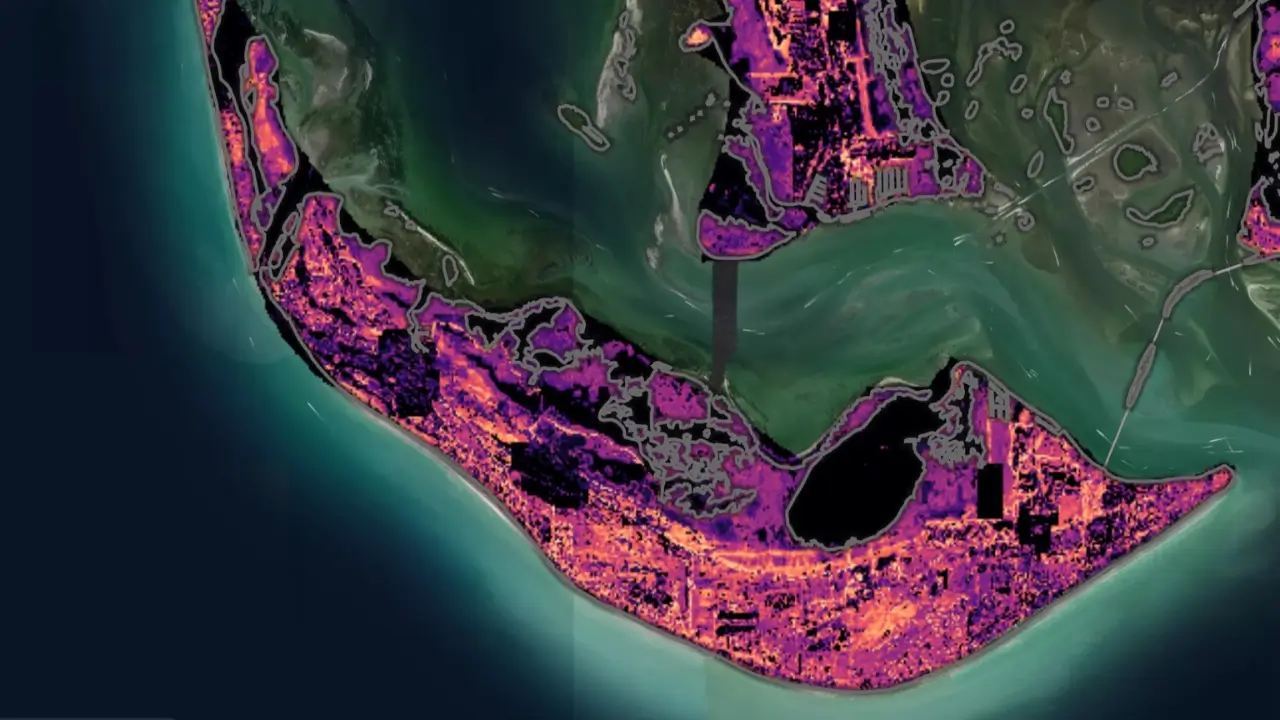Imagine being able to ask a question about the Earth and get data-driven answers – sounds sci-fi right? Well, that’s exactly what NASA’s Earth Copilot is. A collaboration between NASA and Microsoft this AI-powered tool is going to change how we interact with Earth’s data. Here’s what you need to know.
What is Earth Copilot?
Earth Copilot is like a super smart assistant that helps us learn about our planet. It uses artificial intelligence (AI) to break down NASA’s massive amount of data into easy-to-understand information. NASA collects over 100 petabytes (that’s a lot of data) of data from its satellites every year. This data tracks things like weather patterns, deforestation, and even ocean temperatures.
But until now it wasn’t easy. Scientists had to know how to use advanced tools and software. E Copilot changes all that. With this tool, you can ask questions in plain language and it will give you answers using NASA’s data.
Why Do We Need Earth Copilot?
NASA collects so much Earth data it’s like trying to find one book in a library of a billion books! Only scientists with special skills could make sense of it.
For example, a policymaker might want to know how air quality changed during the COVID-19 pandemic. Or a farmer might want to see how rainfall patterns are shifting due to climate change. Before E Copilot these people wouldn’t have had the tools to access and understand this data.
E Copilot is here to change that. It’s designed to make this treasure trove of information available to anyone – student, teacher, farmer, or government official.

How Does it work?
Earth Copilot is powered by Microsoft’s Azure OpenAI Service, a super smart cloud-based system. Here’s how it works:
- Ask a Question: Type a question like, “What’s the impact of deforestation in the Amazon?”
- AI Gets to Work: The AI searches NASA’s data for relevant information.
- Get a Simple Answer: The tool gives you an answer in a plain language no special training is required.
It also works with NASA’s VEDA (Visualization, Exploration, and Data Analysis) platform. This is NASA’s existing data analysis tool but Earth Copilot makes it more user-friendly.
Real World Uses
E Copilot isn’t just a cool tool; it can solve real-world problems. Here are some examples:
- Climate Change: Want to know how global temperatures have changed over the last 50 years? Earth Copilot can.
- Disaster Response: Need to analyze flood data to prepare for future hurricanes? This tool makes it easy.
- Urban Planning: Cities can study land use changes to plan smarter, greener spaces.
- Education: Teachers and students can learn about Earth Science in a fun way.
This tool makes it easier for everyone—from experts to everyday people—to understand and act on Earth’s data.
Testing and the Future
Right now Earth Copilot is in testing and only available to NASA scientists. But soon NASA will make it available to policymakers, educators, and the general public. The end goal is to have an open platform where anyone can access and explore Earth Science data without needing special skills.
Why It Matters
E Copilot is more than just an AI chatbot—it’s a way to bring people closer to the planet. When more people have access to this information we can make better decisions about the environment, prepare for disasters, and even teach future generations about Earth Science.
By making complex data simple Earth Copilot is making science more inclusive. Whether you’re curious about climate change, want to protect forests, or just want to learn something new E Copilot will be there to help.
NASA’s Earth Copilot is a game changer. It makes complex data simple so everyone can access it. Whether you’re an expert or a beginner this tool helps you understand the world better.





